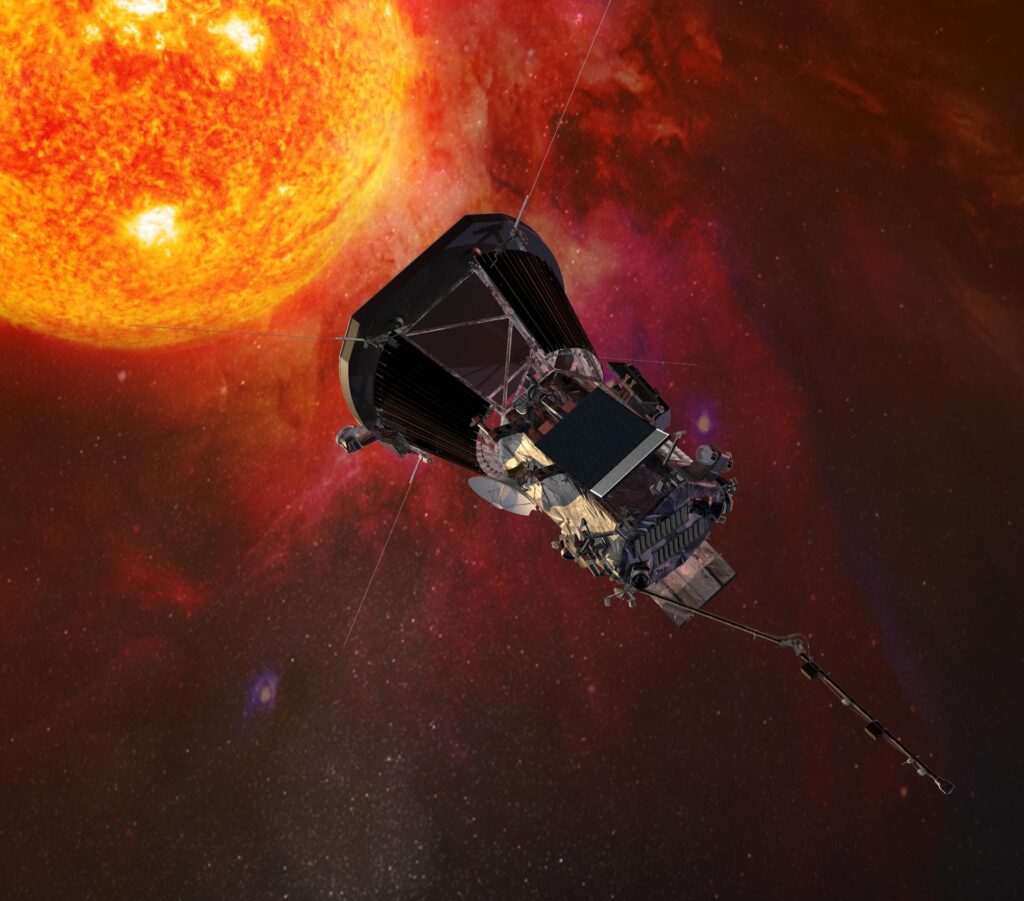June 30, Parker Solar Probe (PSP) in the twentieth time passed the perihelion of its orbit. It repeated its own record, approaching the Sun at a distance of 7.26 million kilometers.

PSP was launched in 2018. It is designed to study the upper layer of the solar atmosphere, called the corona, and the processes taking place in it. To achieve this goal, NASA specialists built the orbit of the probe in such a way that during the passage of perihelion, the probe seemed to “dive” inside the corona, after which it transmitted information to Earth.
In the course of its mission, PSP gradually shortens its distance to the Sun. This is achieved by performing a series of gravitational maneuvers near Venus. They make it possible to reduce the perihelion of the probe’s orbit.
On June 30, PSP came close to the Sun for the twentieth time, passing at a distance of 7.26 million kilometers from its surface. At that moment, it was moving at a heliocentric speed of 176.46 km/s. For comparison, Mercury never comes closer to the Sun than 46 million kilometers.
Specialists controlling the apparatus at the Johns Hopkins Applied Physics Laboratory have already confirmed that PSP successfully survived the approach, and all its systems are functioning normally.
On September 30, PSP will circle the Sun again at the same distance and speed. Then on November 6, it will perform a final flyby of Venus. The second planet’s gravity will allow PSP to move into its final orbit. Its perihelion will be just 6.2 million kilometers from the solar surface.
We previously covered how PSP encountered a coronal mass ejection.
According to NASA


